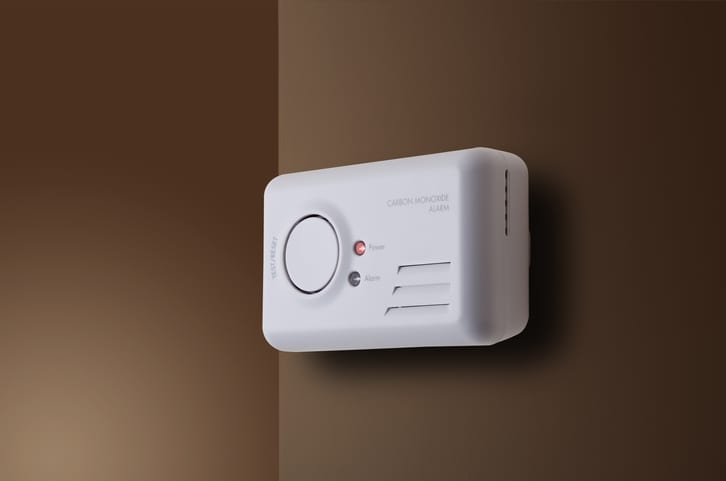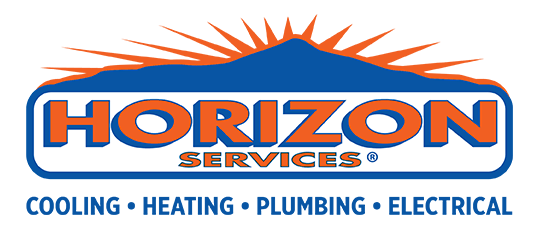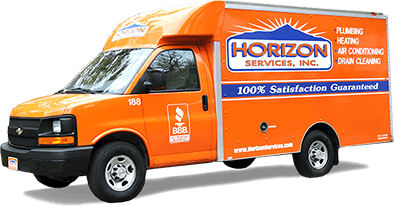
The Benefits of Carbon Monoxide Alarms in Your Home
Heating is of benefit for all of us when the temperature drops. There can be dangers, however, when that heat is being produced and it comes in the form of carbon monoxide (CO). Carbon monoxide is a byproduct of the process which produces the heat. If the carbon monoxide is drawn away safely there is no danger. Should the HVAC system malfunction, however, and the room is filled with carbon monoxide, there is a very real danger, and you will not be aware of it. In this day and age when we are making our homes tighter and more energy efficient we are at greater risk of exposing ourselves.
The Silent Killer
When inhaled for a long period of time, carbon monoxide is lethal. The danger of carbon monoxide is compounded by the fact that it cannot be picked up by the body’s senses; you can neither smell nor taste it. This has led to carbon monoxide being dubbed ‘the silent killer’. The only way to detect its presence is via a manmade gadget, namely a carbon monoxide detector.
How Are You Exposed
When an improperly vented appliance is operated. Examples: Car running in a garage, fireplace burning, oven or gas dryer, gas or oil furnace, and/or a kerosene heater.
What can the symptoms be for Carbon Monoxide Poisoning
Simply described as flu like symptoms usually less the fever.
- Nausea
- Blurry Vision
- Dizziness
- Vomiting
- Weakness
- Disorientation
- Headaches
- Passing Out
- Rapid Heartbeat
- Respiratory Failure
- Seizures
- Hearing Loss
- And, possibly…
- Cardiac Arrest
- Coma
You will usually start to feel a little better if you leave the home for a period of time and feel worse when going back into the home.
Install An Alarm
The major benefit of having a carbon dioxide alarm is that it will alert you when carbon monoxide is present and at its most lethal, as in a confined space such as a bedroom or living room with the doors and windows shut tight. If a detector has been fitted, an alarm sounds warning of the presence of this lethal gas. Otherwise, there is a risk of drifting into unconsciousness and, ultimately, death.
Open Windows and Doors
By having an alarm fitted you will be warned before the carbon monoxide presence reaches a dangerous level. If carbon monoxide is present in the atmosphere do not waste time opening windows and doors hoping the gas will clear, because of the potential risk to health. Instead, get everyone off the premises and call the fire department.
Place Alarms in Prime Locations
While it is wise to have carbon monoxide alarms fitted, where they are situated in the home is equally important. They should be placed throughout the premises and close enough to bedrooms so that any alarm can be loud enough to wake the occupants should there be carbon monoxide in the air.
Different Types of Carbon Monoxide Alarms
Different types of carbon monoxide alarm are available for purchase. Some are battery operated. With these it is important that the batteries are changed when they begin to run low. Many battery operated alarms emit an audible signal when the batteries are ready for changing. In some models the signal becomes louder and more regular as the battery power diminishes.
Another option is the battery powered alarm with a wired connection as back up. There are even carbon monoxide alarms which emit vocal warnings.
The best choice in detectors for home use combine audible and visual alarms. The visual indicator gives a numeral value allowing you to know in advance that there is a problem before a danger occurs so that you can address the problem while the audible tells you, you must leave. The best of these is a low level detector that will alarm before your family is in any danger and not after the fact.
Exposure Levels:
- 1-9 PPM: Normal / It is ok to enter.
- 10-34 PPM: Marginal / It is ok to enter to find to source of CO.
- Small children, elderly, persons with heart, respiratory problems should be advised.
- Have a professional check your equipment and make repairs immediately.
- 35-99 PPM: Excessive, but not initially life threatening.
- Everyone should go outside in the fresh air.
- Call the fire department.
- Have a professional check your equipment and repair or replace as needed.
- Over 100 PPM: DANGEROUS, EVACUATE HOME IMMEDIATELY.
- Call the Fire Department.
- Have a professional check the source of the CO before returning into the home.
Whatever the type of carbon monoxide you install, it could ensure both you and your family’s survival if there is a carbon monoxide leak in your home.
Contact Horizon Services
If you are ready to install or replace a heating and air conditioning system our friendly and experienced team of Comfort Specialists can help. They’ll take the time to study your home, understand your requirements, show you all of your options and assist you with finding the quality home comfort system that best meets your family’s needs and budget.


